PROTECT YOUR DNA WITH QUANTUM TECHNOLOGY
Orgo-Life the new way to the future Advertising by Adpathway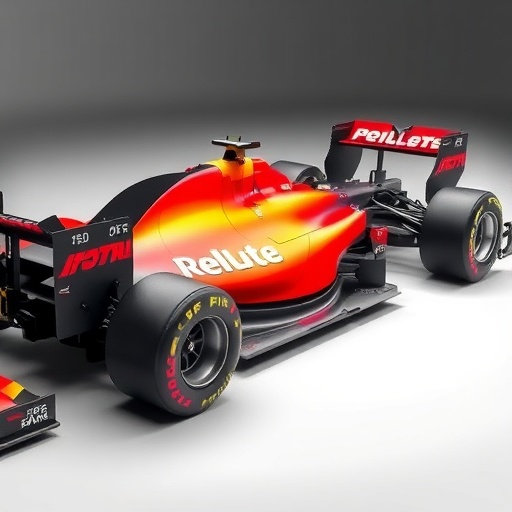
In the fast-paced world of Formula 1 racing, every small detail can mean the difference between victory and defeat. One critical aspect that teams focus on in their quest for speed and stability is aerodynamics, particularly concerning the rear wing of their vehicles. The rear wing is a pivotal component that significantly influences a car’s performance by generating downforce while reducing drag at high speeds. In a groundbreaking study, researchers explored the aerodynamics effects produced by the deformation of the rear wing mainplane, providing new insights that could alter design strategies in the high-stakes environment of competitive racing.
The researchers, led by Ligasacchi, along with Grassi and Riccobene, conducted an experimental-numerical investigation to analyze how changes in the rear wing structure can impact aerodynamic efficiency. The study focused on the behavior of the rear wing during high-speed conditions, considering the interplay between the wind forces acting on the car and the material properties of the wing itself. This research is timely as teams are always looking to maximize their aerodynamic efficiency in the ever-competitive circuit of Formula 1 racing.
As the rear wing operates at extreme speeds, it often experiences substantial forces that can lead to deformation. The deformation can alter the wing’s angle and shape, potentially changing its aerodynamic profile in real-time. This aspect was a focal point of the investigation, as understanding how deformation affects airflow can lead to improved designs that enhance performance. The researchers employed advanced computational fluid dynamics (CFD) simulations alongside wind tunnel experiments to illustrate the complex interaction between the deformed rear wing and surrounding airflow.
One of the most compelling findings of the investigation was the significant difference in airflow patterns as a result of deformation. When the rear wing mainpane bends under load, it can create a scenario where the airflow becomes more turbulent, which is generally counterproductive for maintaining optimal downforce. Increased turbulence could lead to a loss of efficient airflow over the car’s body, thereby impacting overall speed and control. This insight may prompt engineers to rethink how they design rear wings, particularly in terms of material selection and structural integrity.
Moreover, the study shed light on the resilience of various materials used in rear wing construction. Different composites exhibit distinct behaviors under high-stress conditions. The choice of material not only impacts weight and structural integrity but also its ability to retain its aerodynamic profile during use. As teams look to enhance their cars, the information gleaned from this study could guide the selection of materials that best balance performance and durability.
The researchers also emphasized the importance of real-world testing to complement numerical simulations. While CFD and wind tunnels can provide essential data, they are not a complete substitute for live testing under race conditions. Several variables come into play during a race that cannot be entirely replicated in controlled environments. Thus, the findings from the study can serve as a foundation for further investigations, including how the rear wing performs under the specific circumstances of a fast-paced race where dynamic conditions can change rapidly.
As the regulations around Formula 1 constantly evolve, understanding the aerodynamic intricacies of the car becomes increasingly critical. This research aligns with the ongoing push for innovation within the sport as teams strive to gain every advantage possible. The findings may influence future design regulations, potentially leading to the development of rear wings that not only perform better but are also safer and more sustainable in their design.
Another vital aspect that emerged from the study was the consideration of the overall vehicle dynamics when evaluating rear wing deformation. The researchers discussed how changes in the rear wing could indirectly affect other areas of the car, such as tire wear and stability through corners. This holistic view of vehicle performance serves as a reminder that improvements in one area must be balanced with considerations for the entire vehicle’s design.
It’s also noteworthy that this study reflects a broader trend within automotive engineering: the fusion of experimental methods with cutting-edge numerical techniques. By leveraging both approaches, researchers can achieve a fuller understanding of complex systems. This methodology not only enhances the accuracy of aerodynamic predictions but also accelerates the design process, allowing for more rapid iteration and innovation.
Ultimately, the implications of this research extend beyond the racetrack. The findings regarding material behavior and aerodynamic efficiency can be applied to various fields of engineering and design. Techniques developed to understand the dynamics of high-performance race cars could translate into improvements in other automotive applications, aerospace engineering, and even renewable energy solutions like wind turbine design.
In conclusion, Ligasacchi and the team have paved the way for a new era in aerodynamic studies within the realm of motorsport. The investigation highlights the delicate dance between design, material properties, and aerodynamics—all crucial for crafting the perfect racing machine. As teams gear up for the upcoming seasons, insights like these remind us that in Formula 1, every fraction of a second counts, and innovation in aerodynamics continues to be a driving force behind the sport.
This study raises intriguing questions about future developments in vehicle design, especially as we move toward more sustainable racing practices. By understanding the dynamics of rear wing deformation and the subsequent effects on car performance, teams can make informed decisions that not only enhance competitiveness but also reflect the broader movement within the automotive industry toward efficiency, safety, and sustainability. The research signifies a promising leap forward in how aerodynamic challenges are approached, ensuring that teams remain at the cutting edge of technology as they continue to push the limits on the racing circuit.
As the world of Formula 1 evolves, it becomes essential to prioritize innovation and responsiveness to new data. The collaboration between experimental investigations and numerical modeling will surely lead to breakthroughs that improve not just the competitive landscape but also the technologies that arise from them. With each race, the stakes climb higher, and the pressure mounts, but so does the potential for revolutionary discoveries that could reshape the future of motorsport.
Subject of Research: Aerodynamic effects of rear wing mainplane deformation in Formula 1 racing vehicles.
Article Title: Experimental–numerical investigation of aerodynamics effects produced by the rear wing mainplane deformation in a formula 1 racing vehicle.
Article References: Ligasacchi, E., Grassi, D., Riccobene, L. et al. Experimental–numerical investigation of aerodynamics effects produced by the rear wing mainplane deformation in a formula 1 racing vehicle. Sports Eng 27, 33 (2024). https://doi.org/10.1007/s12283-024-00476-2
Image Credits: AI Generated
DOI:
Keywords: Aerodynamics, Formula 1, Rear Wing, Material Science, Computational Fluid Dynamics, Vehicle Dynamics, Motorsport Innovation, Structural Integrity.
Tags: aerodynamic efficiency in F1 racingcompetitive racing design innovationsdrag reduction techniques in Formula 1experimental-numerical investigation in motorsportFormula 1 rear wing aerodynamicshigh-speed rear wing performanceimpact of wing deformation on downforcematerial properties affecting wing designrear wing structural analysissignificance of downforce in racingstrategies for optimizing F1 aerodynamicswind forces on F1 vehicles


 9 hours ago
11
9 hours ago
11
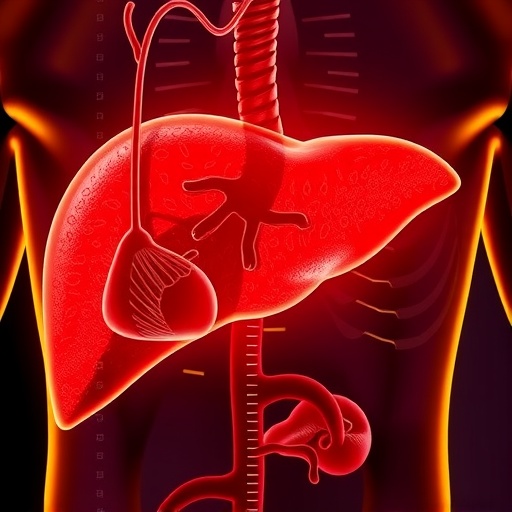
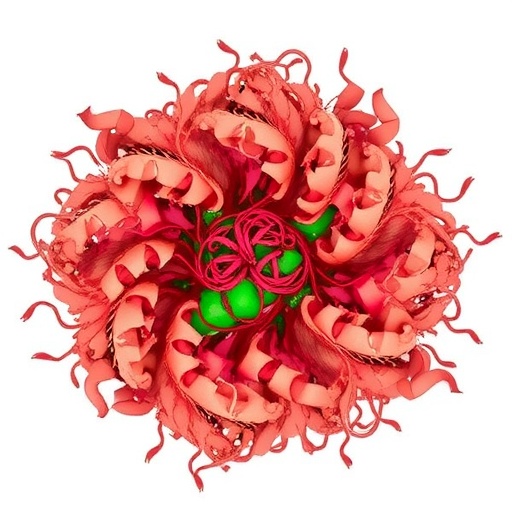
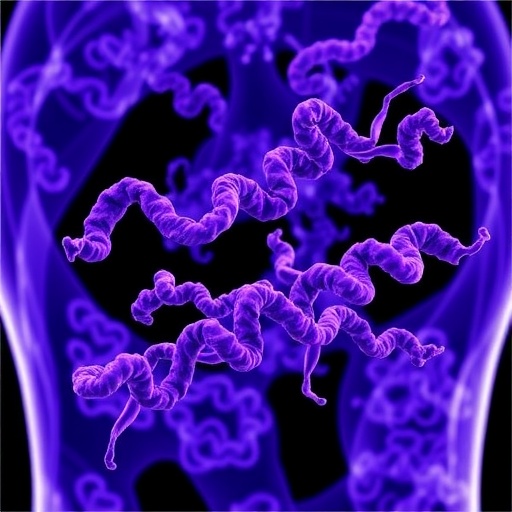
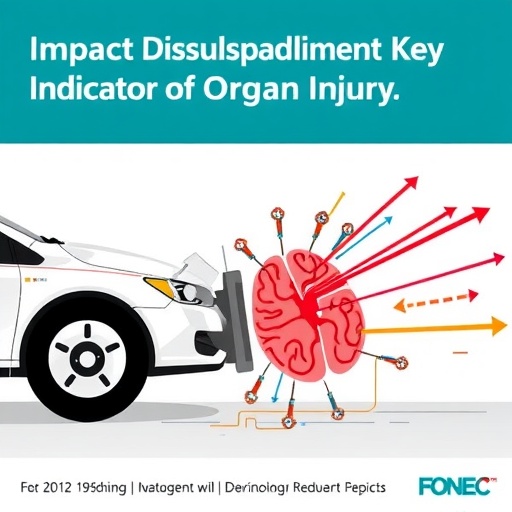

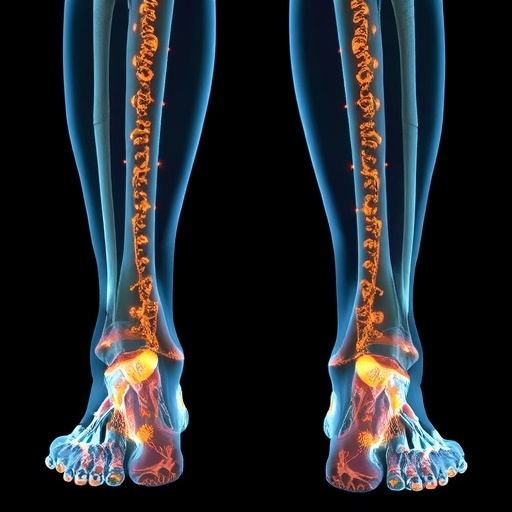
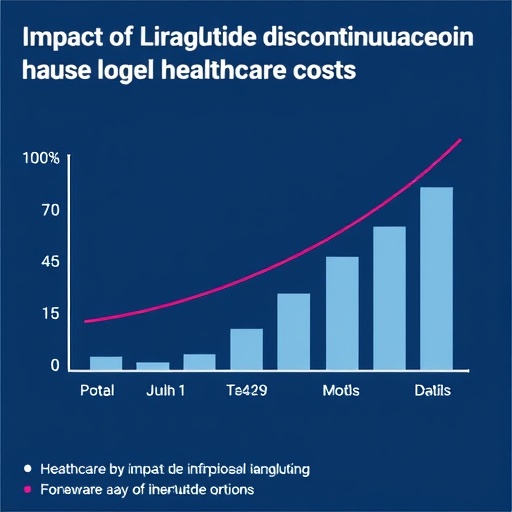














 English (US) ·
English (US) ·  French (CA) ·
French (CA) ·